
Created a city-wide model that identifies where public transit is lacking based on real community needs—helping city planners improve fairness and access.
This project analyzed whether Calgary’s public transit system is serving the communities that need it most. Using publicly available data, we compared who needs transit (demand) with how much service they actually get (supply), then visualized the mismatch—called the “transit gap.”
To measure transit demand, we looked at:
We used these factors to create a Transit Demand Score for every neighborhood.
To measure transit supply, we analyzed:
How many transit stops exist in each neighborhood
How often buses and trains run throughout the day
How many people each vehicle can carry
These were combined into a Transit Supply Score.
The transit gap was calculated by subtracting supply from demand. A large gap means a community needs transit but isn’t getting enough. We mapped these results using ArcGIS and built an interactive web app with Streamlit, so anyone can explore the data and adjust settings to see how different priorities affect the outcome.
Key Takeaways:
The tool helps city planners and equity advocates understand where transit improvements are most urgently needed.
It promotes fairness by showing where public investment can make the biggest impact.

User Interface design
Calgary Transit Gap Analysis Mapping Transit Needs vs. Service
User Interface design
UEFA Champions League 2021–2022 Player Analysis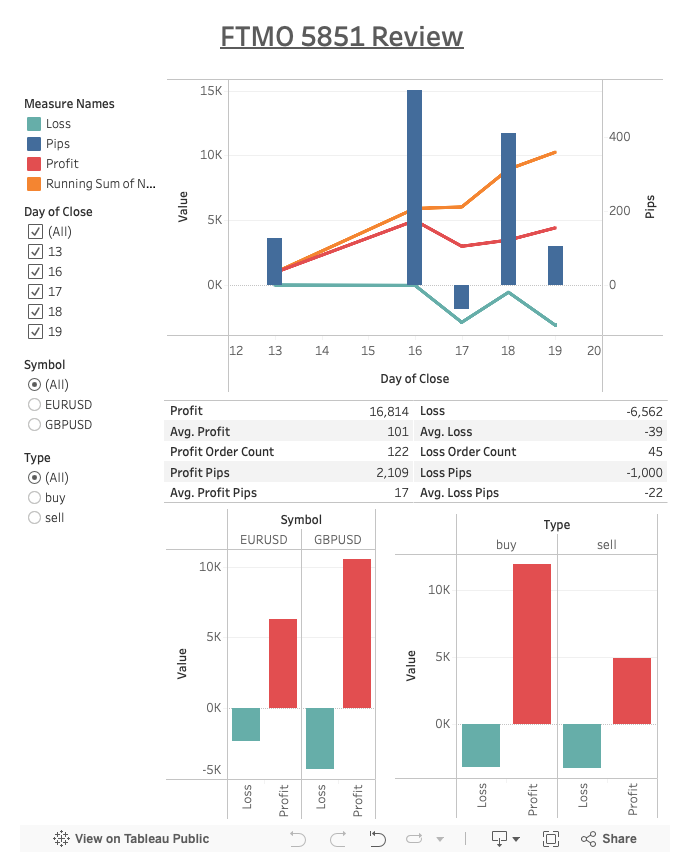
User Interface design
Expert Advisor Trading Analysis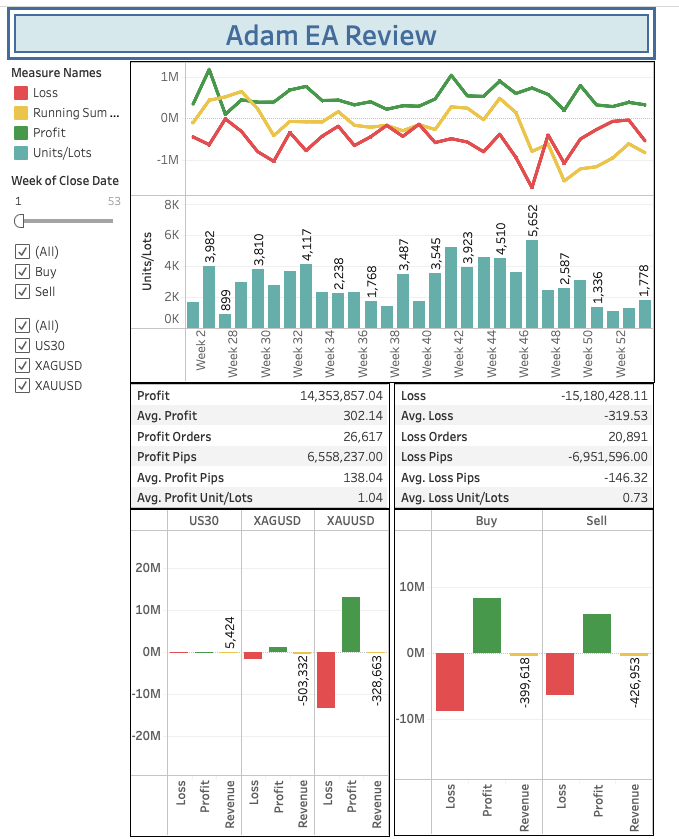
User Interface design
Adam EA Review & Performance Summary
User Interface design
Calgary Transit Gap Analysis Mapping Transit Needs vs. Service
User Interface design
UEFA Champions League 2021–2022 Player Analysis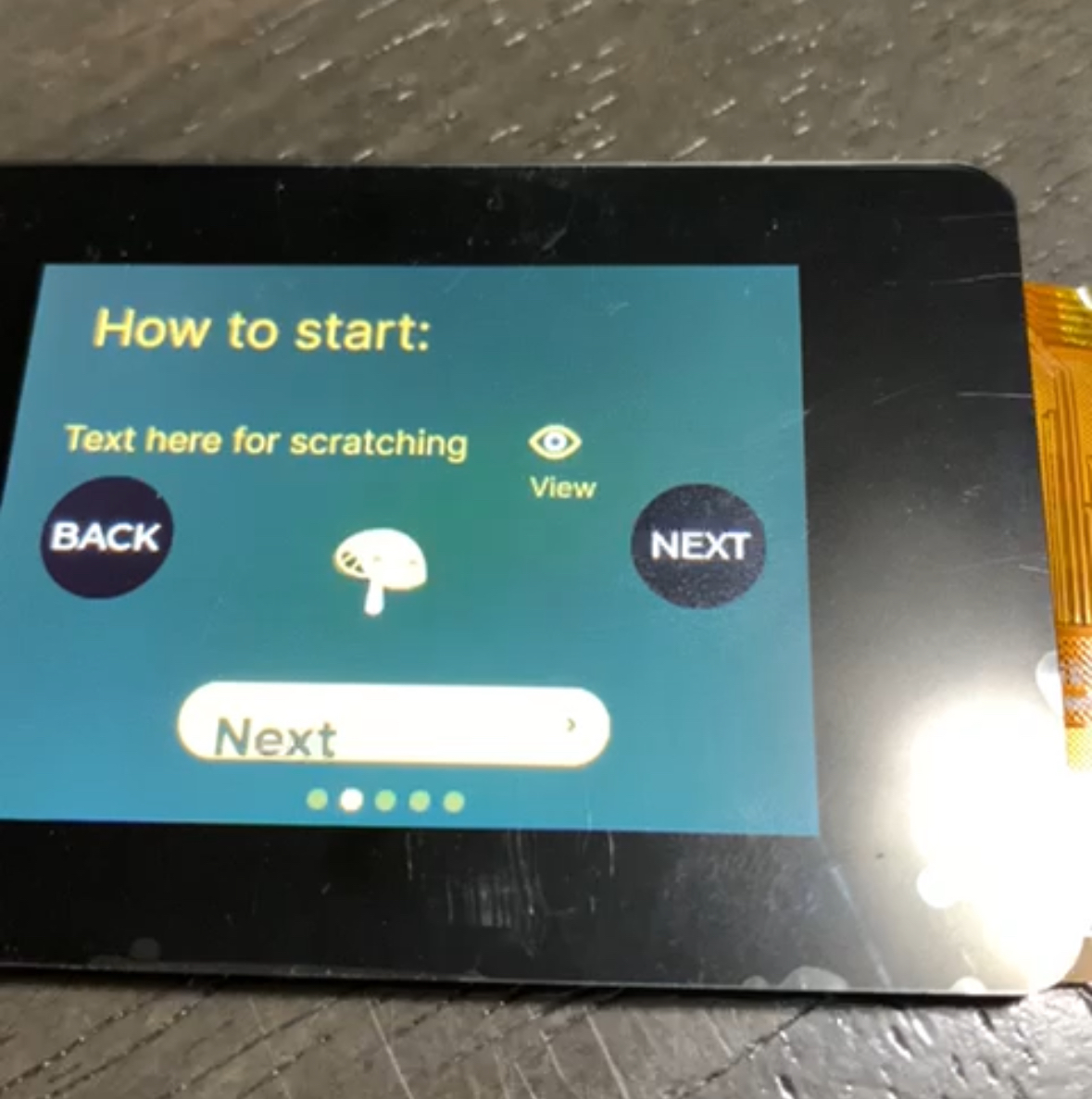
User Interface design
Programming Custom ESP32 Board
User Interface design
Designing Firmware and Hardware for a Haptic Wearable Startup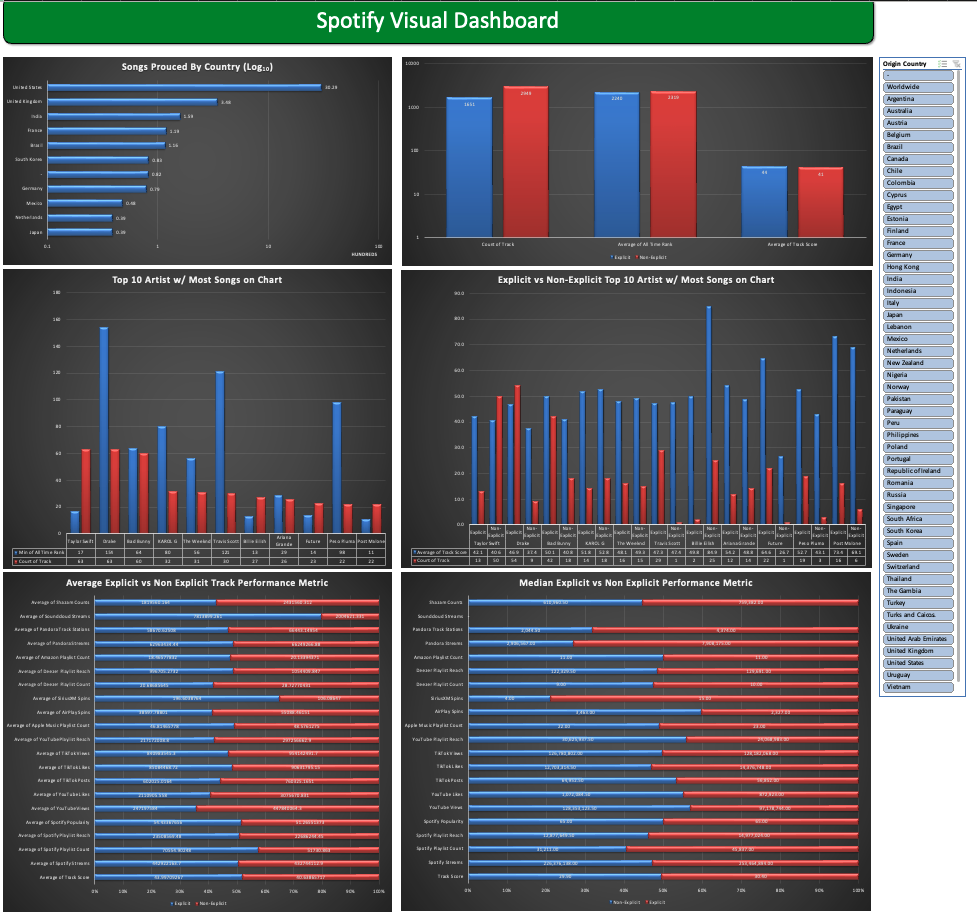
User Interface design
Spotify 2024 Song Chart Analysis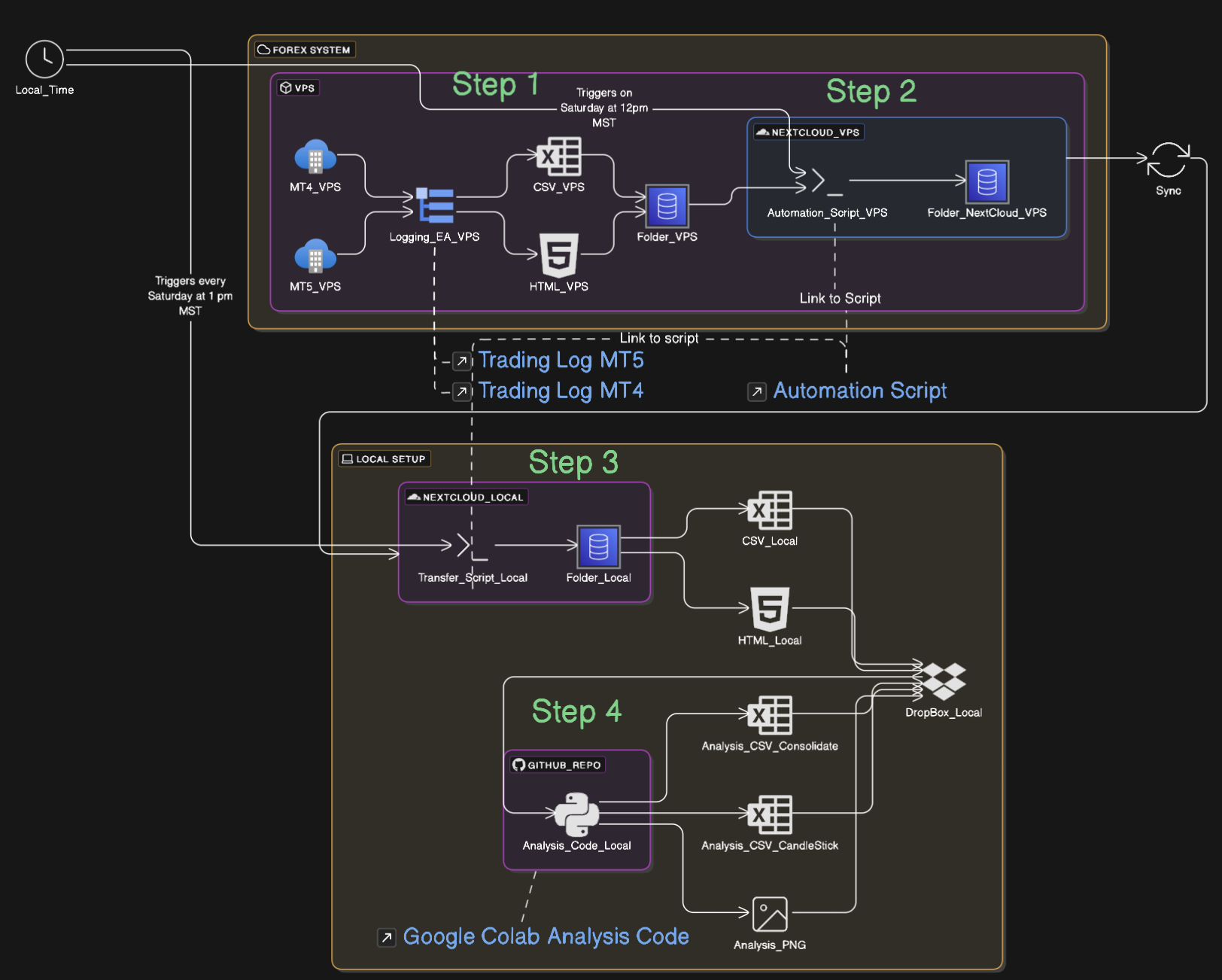
User Interface design
Forex Data Orchestration